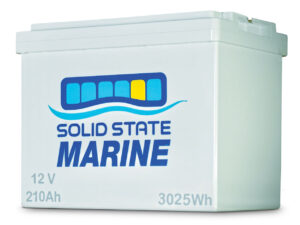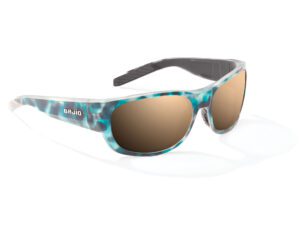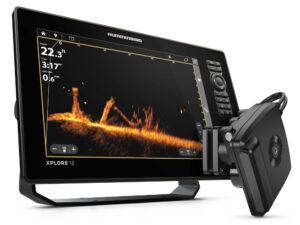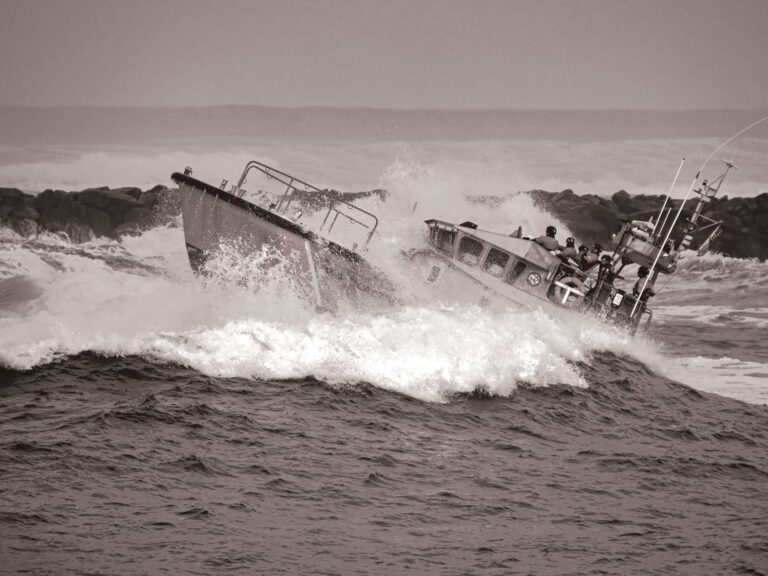When it comes to bilge pumps, redundancy is critical. The average runabout sports only a single bilge pump; marine surveyors suggest having at least two on boats up to 26 feet — even on an 18-foot boat. A 45-foot boat should have three to four pumps. Here’s what else you should know.
Find Your Style
Smaller boats are tight on room and typically utilize submersible pumps like the Rule 2000 ($108, defender.com). They’re quiet and relatively inexpensive, but the nasty working environment can shorten their lifespans. In contrast, other pumps (Jabsco Water Puppy, $143, and Jabsco Diaphragm Bilge, $413, defender.com) accept an intake hose that can be routed under an engine or other place where a pump wouldn’t fit or be easy to service, while the pump itself is mounted in a dry location that’s easy to reach. Impeller pumps should not be run dry. Diaphragm styles are typically larger and more expensive, though they pass solids and debris without jamming nearly as easily as an impeller pump does. A strainer is a good idea regardless of pump type.
Got Enough Power?
The combined pumping capacity should be 2,500 gph on boats 20 feet and under; 3,000 to 3,500 gph on boats to 26 feet; 3,500 to 4,500 gph on boats to 35 feet; and 6,000 gph with at least three pumps on boats to 42 feet.
Know Your Hose
Flow ratings are a means of comparison, but few pumps will achieve those numbers in the real world. Vertical lift, or “head,” and hose friction are two factors that limit output. To combat lift, keep excess hose to a minimum.
Friction from a corrugated hose can reduce pump efficiency by as much as 30 percent. Look for a smooth inside finish, and make sure the hose is reinforced to prevent collapsing under suction.
Location, Location, Location
At least one pump or pickup should be installed at the lowest point in the bilge. Larger boats should have one in each enclosed area that can retain water. Discharge outlets need to be a minimum of eight inches above the waterline.
Mechanical vs. Electronic
Float switches are the standard, but these can be jammed by debris. A snap-on cover can help but should be occasionally removed for testing and inspection. Solid-state switches (Attwood S3 Series, $30, iboats.com) eliminate moving parts and sense the presence of water using a low-impedance electric field. Rule automatic pumps (Rule-A-Matic Plus, $33, defender.com) spin the motor every few minutes and use the current draw to determine if water is present. In either case, never install the switch at the lowest point of the bilge — it will lead to a constant on/off cycle and drain the battery.
Three Maintenance Tips
Wiring problems account for most pump failures, so inspect connections a couple of times each season.
[1] They should be secure and shrinksealed to prevent corrosion.
[2] Some experts suggest housing all connections in a sealed electrical box mounted high on a vertical bulkhead.
[3] Frequently inspect float switches, removing covers to clear any clogs or debris, and make sure the float arm isn’t sticking.








